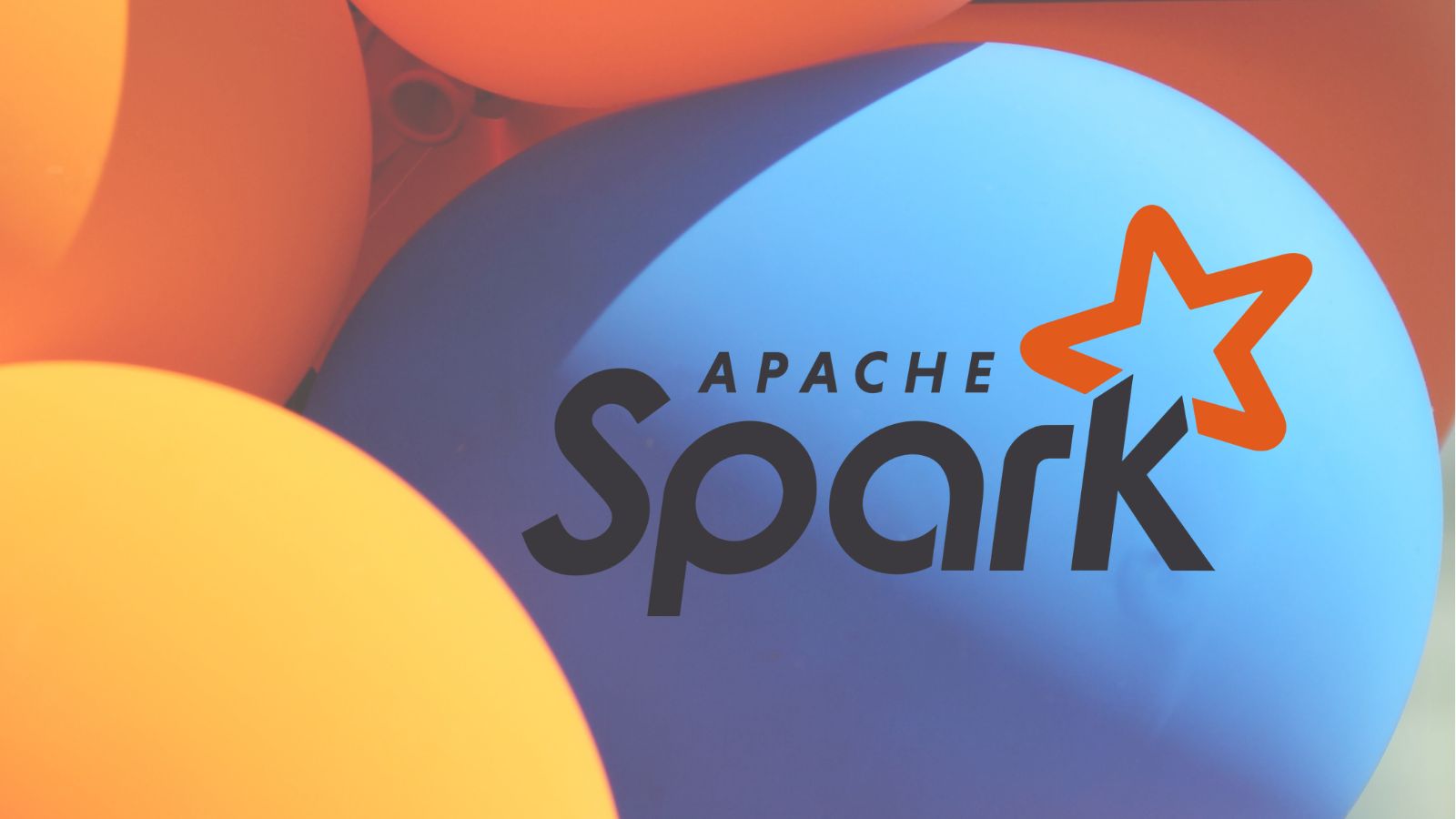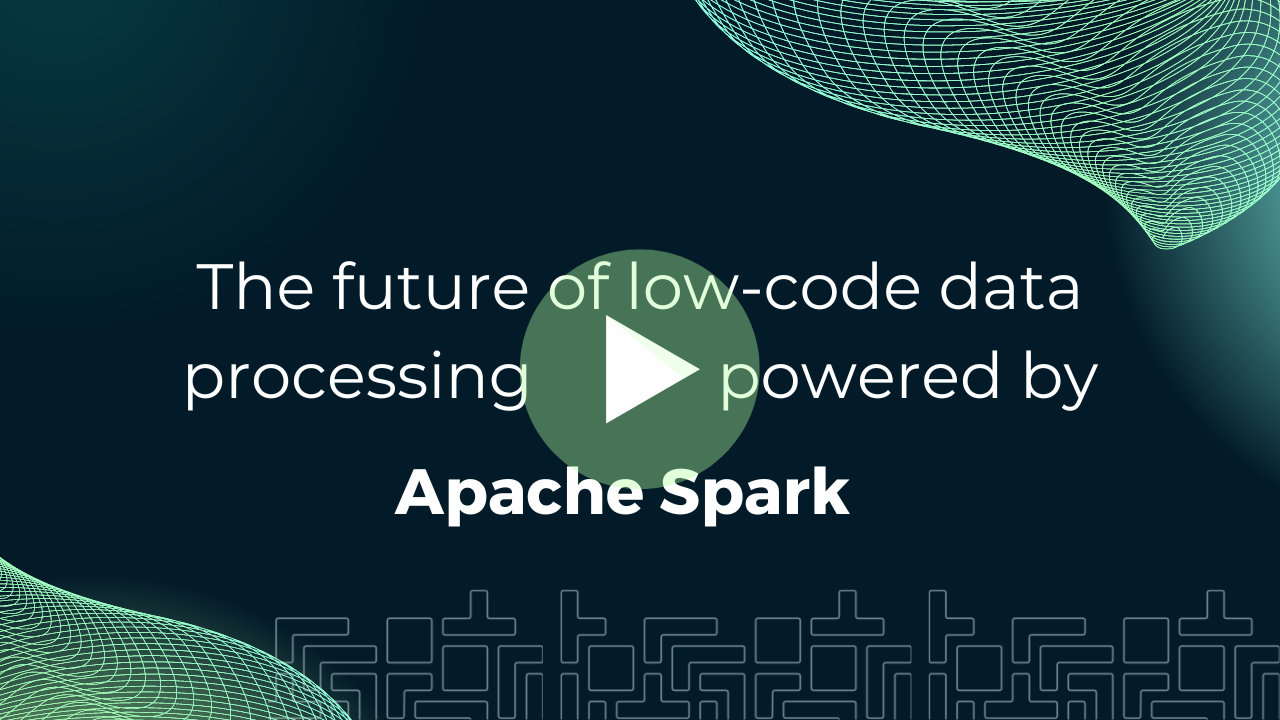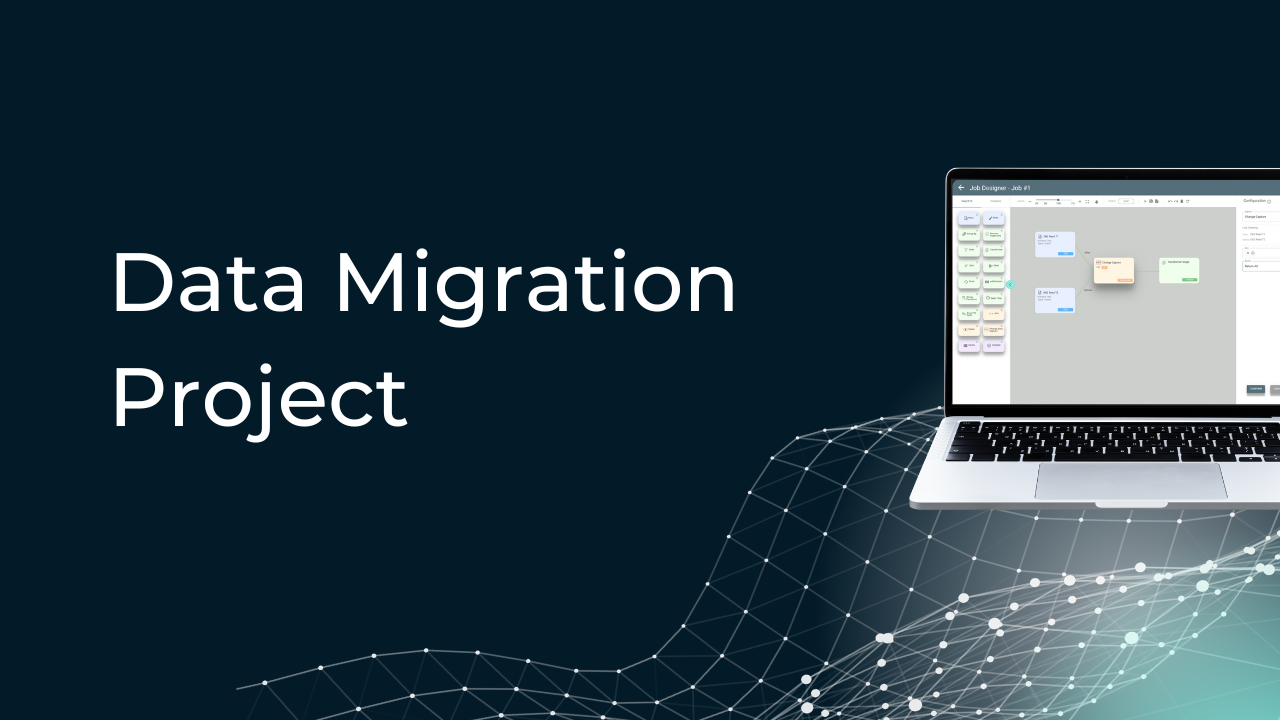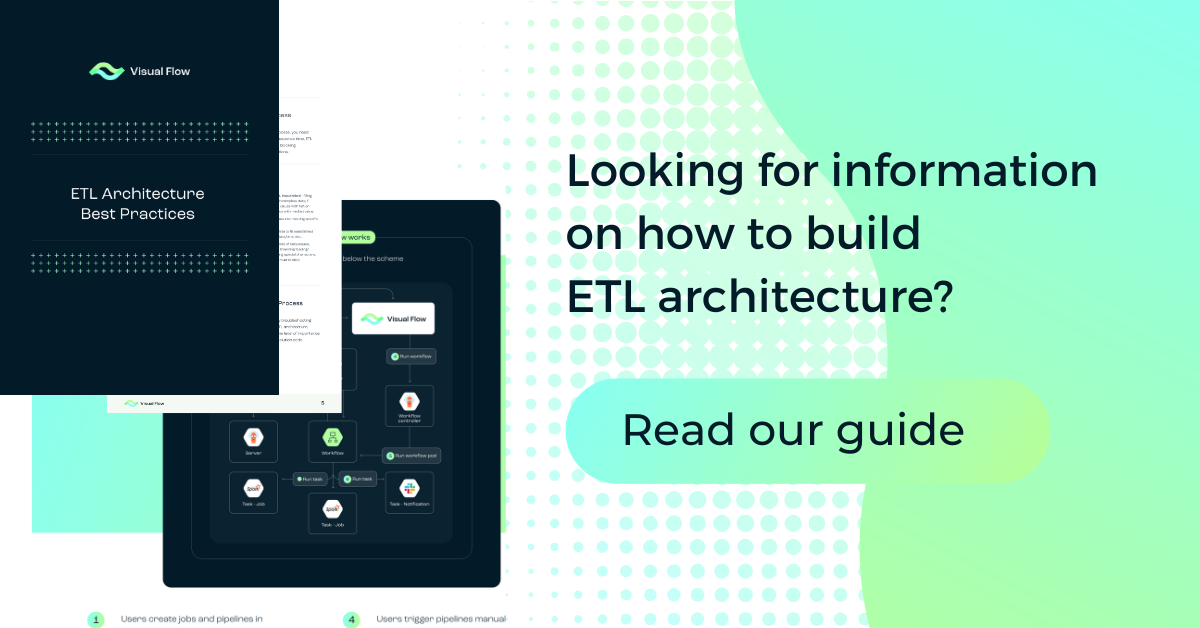Table of Content:
Table of Content:


With each passing year, the importance of “data” in the global economy continues to grow. In fact, recent estimates that the big data and analytics market is estimated to be worth nearly $300 billion. Clearly, that means there is a lot of money to be made for firms that are looking to optimize their data management practices, especially when it comes to the extraction, transformation, and loading (ETL) of large-scale data projects.
In general, the larger the volume of data your firm is working with, the more important it will be to select a system that is compatible with your current needs. While, at first, choosing between various systems (including low-code systems) might seem somewhat arbitrary, eventually, this decision could end up having a multi-million-dollar impact.
Because this industry has become so large, firms of all kinds have begun looking for data processing solutions that effectively meet their needs. And, as we will discuss in this comprehensive guide, one of the most useful analytics engines for processing large amounts of data has been Apache Spark. With many different applications and uses, Apache Spark continues to become more popular, around the entire world.
In this comprehensive guide, we will discuss some of the most important things you need to know about utilizing Apache Spark, including its benefits and drawbacks. But assuming that your enterprise—like many others—hopes to take advantage of this innovative system, we will also compare two of the most common methods to create an Apache Spark ETL.

Introduction to ETL and Apache Spark
In order to understand how Apache Spark actually works, it is important to understand what the acronym ETL represents. “ETL” is shorthand for extract, transform, and load, which are the three most important components of large-scale data management.
The acronym ETL has been used since the origin of large-scale computing processes in the 1970s. As the need for large-scale data processing continued to grow, so did the importance of optimizing the entire ETL process. Today, enhancing extraction, transformation, and loading processes is one of the best ways for data-dependent firms (which is most of them) to establish a competitive edge.
Let’s take a closer look at each distinctive step in the process:
- Data Extraction: this is a broad term that is used to describe the process involved in taking data from one or multiple different data sources. Converting the data into something useful—that can be easily accessed by multiple different parties—is essential to ensure the data is effectively managed and utilized.
- Data Transformation: once the data has been extracted, it can then be “transformed”, depending on the end target for the data. In most cases, the data transformation process will undergo “data cleansing”, which separates the useful data from the useless data. This helps minimize the intensity of the broader ETL process.
- Data Loading: finally—and perhaps most importantly—the data loading process involves making final modifications to the data and loading the data into a data warehouse. When operating at scale, the data loading process can really make a difference (potentially worth millions of dollars). Once the data has been effectively loaded into the warehouse, further data storage positions will also be very important.
To put it simply, ETL represents the ongoing process involved with moving the data from where it is right now to where it needs to be in the future. During this process, enterprises will need to consider the engines they use, as well as the supplementary tools (such as ) that help enhance the usefulness of these various engines.
Keeping that in mind, where does Apache Spark come into the picture?
In a nutshell, Apache Spark is an engine that can be used for data processing. The engine places a specific level of importance on large-scale data processing, meaning that Apache Spark can be easily implemented at the enterprise level.
Apache Spark, according to both the platform itself and its dedicated users, provides a variety of benefits. These include the fact that Apache Spark uses an open-source format (increasing accessibility and democratization), is capable of managing large and diverse variations of data, and is also compatible with several extremely useful supplementary tools.
Keeping this in mind, there are usually two distinct ways to create an Apache Spark ETL: using a step-by-step process that can eventually be managed or using an outside tool, such as Visual Flow.

Method One: Using the Step-by-Step Process
Let’s start by looking at the step-by-step process, which is what many bootstrapped teams use in order to create an Apache Spark ETL. While the exact process involved will vary, depending on the current structure of your data as well as your future data storage needs, the process will typically look like this:
- Step One: Installing Apache Spark and Necessary Dependencies. As expected, the process begins with installing the Apache Spark system. The “dependencies” needed in order to support the system will vary based on data volume and data complexity.
- Step Two: Reading and Extracting Data from Various Sources. Most enterprises will have data stored across multiple different sources. In general, having more original sources of data will cause the process to become more complicated. The goal of this step in the process—extraction—is to ensure the data is structurally compatible and ends up in the same place.
- Step Three: Transforming Data Using Spark Transformations. Overall, Apache Spark is one of the best tools for transforming data into a usable format and enhancing its overall value.
- Step Four:Loading Data into a Target Destination. Now that the data is fully usable, it will need to be transferred somewhere where it can be easily accessed in the future.
Naturally, this is a very simplified model. When done on its own, the ETL process can be somewhat complex. That’s why many data-oriented enterprises will use a system such as Visual Flow, which can help significantly enhance the overall process
Method Two: Alternative Approach Using Visual Flow
When comparing data utilization processes, one of the first questions you are likely to ask yourself is: how much coding is involved? When using the first option, mentioned above, there is typically a lot of manual coding involved. In general, the heavy code option is not only tedious for experienced coders, but is also completely alienating to those with little or no coding experience.
Flow is a “low code” alternative that makes it extremely easy to create an ETL process. With Visual Flow, users can simply drag and drop various visual components, without having to manually enter a single line of code by hand. Not only does this help significantly accelerate the process, but it also makes it possible for non-developers to directly engage in the management process, as needed.
In most cases, users can launch a Visual Flow backed Apache Spark system in 15 minutes or less. As we will further discuss in the “Pros and Cons” section, there are several reasons why the enterprises have made the decision to use Visual Flow.
Cons of Using the Step-by-Step Method
The step-by-step system comes with its fair share of drawbacks. When using the traditional data management process, every step takes significantly longer because each bit of code needs to be entered by hand. Ultimately, this will usually decrease usability and delay the delivery to market which, in many cases, ends up hurting the enterprise’s bottom line. Moreover, when faced with coding jobs and pipelines manually, you run into a dilemma:
- You don’t have time to learn coding languages
- You can’t afford to hire external programmers
- You don’t want to master an ETL tool, a build tool, and an orchestration tool
- Your data continues to multiply out of control
The difficulty, expensiveness, and inefficiency of these options make Spark ETL seem impossible.
Pros of Using Visual Flow
Visual Flow is almost certainly the ideal data management tool for any users of Apache Spark that hope to scale up over time. The low-code format, the user accessibility, and the wide variety of features are combined together to create an ideal user experience. This is true for almost any data-driven enterprise, regardless of current size, industry, or complexity of data.
Conclusion: Selecting the Best Method to Meet Your Needs
There is no denying the future of data management is driven by the broader low-code movement. While there are many factors you will want to consider—accessibility, adaptability, and more—it is clear that, in most cases, the low-code model is significantly better than the step-by-step model.
FAQ
Visual Flow was designed as an ELT tool with graphical user interface (GUI) that eliminates the need for manual coding when working with Spark, saving you both time and money. By implementing best practices for ETL infrastructure, you can significantly reduce data management costs in the long run.
Visual Flow is an easy to start solution, that empowers you with a cutting-edge intuitive interface that simplifies data mapping. The user-friendly GUI enables ETL developers without knowledge of Java, Scala or Python to combine and integrate data from various sources, thus facilitating advanced data analysis
Apache Spark surpasses traditional ETL tools with its ability to process large datasets at high speeds due to distributed processing. It provides versatility with its support for streaming data, SQL queries, machine learning, and graph algorithms. Additionally, Spark offers robust scalability and fault tolerance, making it well-suited for large-scale data processing.
Contact us































































